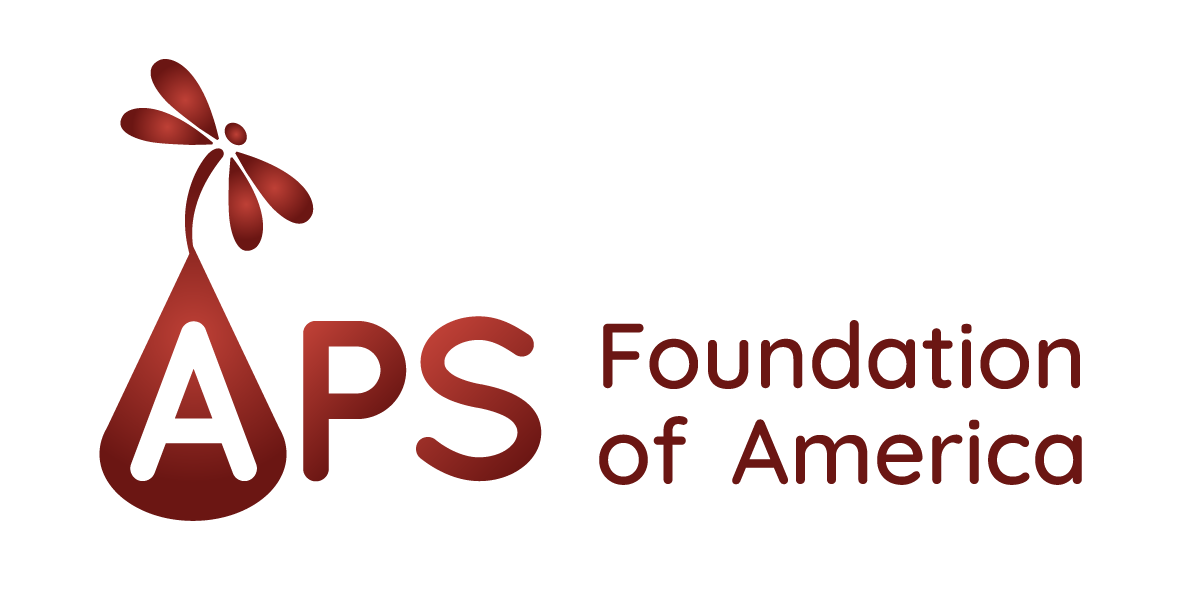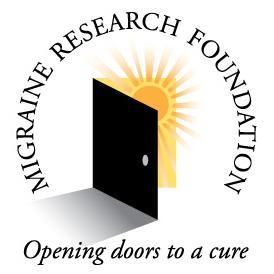Migraine
The pain of a migraine headache is often described as an intense pulsing or throbbing pain in one area of the head. However, it is much more; the International Headache Society diagnoses a migraine by its pain and number of attacks (at least 5, lasting 4-72 hours if untreated), and additional symptoms including nausea and/or vomiting, or sensitivity to both light and sound. Migraine is three times more common in women than in men and affects more than 10 percent of people worldwide. Roughly one-third of affected individuals can predict the onset of a migraine because it is preceded by an “aura,” visual disturbances that appear as flashing lights, zig-zag lines or a temporary loss of vision. People with migraine tend to have recurring attacks triggered by a number of different factors, including stress, anxiety, hormonal changes, bright or flashing lights, lack of food or sleep, and dietary substances. Migraine in some women may relate to changes in hormones and hormonal levels during their menstrual cycle. For many years, scientists believed that migraines were linked to the dilation and constriction of blood vessels in the head. Investigators now believe that migraine has a genetic cause.
There is no absolute cure for migraine since its pathophysiology has yet to be fully understood. There are two ways to approach the treatment of migraine headache with drugs: prevent the attacks, or relieve the symptoms during the attacks. Prevention involves the use of medications and behavioral changes. Drugs originally developed for epilepsy, depression, or high blood pressure to prevent future attacks have been shown to be extremely effective in treating migraine. Botulinum toxin A has been shown to be effective in prevention of chronic migraine. Behaviorally, stress management strategies, such as exercise, relaxation techniques, biofeedback mechanisms, and other therapies designed to limit daily discomfort, may reduce the number and severity of migraine attacks. Making a log of personal triggers of migraine can also provide useful information for trigger-avoiding lifestyle changes, including dietary considerations, eating regularly scheduled meals with adequate hydration, stopping certain medications, and establishing a consistent sleep schedule. Hormone therapy may help some women whose migraines seem to be linked to their menstrual cycle. A weight loss program is recommended for obese individuals with migraine.
Relief of symptoms, or acute treatments, during attacks consists of sumatriptan, ergotamine drugs, and analgesics such as ibuprofen and aspirin. The sooner these treatments are administered, the more effective they are.
Responsive prevention and treatment of migraine is incredibly important. Evidence shows an increased sensitivity after each successive attack, eventually leading to chronic daily migraine in some individuals With proper combination of drugs for prevention and treatment of migraine attacks most individuals can overcome much of the discomfort from this debilitating disorder. Women whose migraine attacks occur in association with their menstrual cycle are likely to have fewer attacks and milder symptoms after menopause.
Pain: Hope Through Research
Chronic pain information page compiled by the National Institute of Neurological Disorders and Stroke (NINDS).
Migraine fact sheet available in multiple languages through MedlinePlus
Headache: Hope Through Research
Information about headaches, including migraines, compiled by the National Institute of Neurological Disorders and Stroke (NINDS).
Chronic Pain Information Page
Chronic pain information page compiled by the National Institute of Neurological Disorders and Stroke (NINDS)
Patient Organizations
American Headache Society Committee for Headache Education (ACHE)
19 Mantua Road
Mt. Royal, NJ 08061
achehq@talley.com
www.achenet.org
(856) 423-0043
Migraine Research Foundation
300 East 75th Street
Suite 3K
New York, NY 10021
contactmrf@migraineresearchfoundation.org
migraineresearchfoundation.org
(212) 249-5402
National Headache Foundation
820 N. Orleans
Suite 411
Chicago, IL 60610-3132
info@headaches.org
www.headaches.org
(312) 274-2650
(888) 643-5552
Prepared by:
Office of Communications and Public Liaison
National Institute of Neurological Disorders and Stroke
National Institutes of Health
Bethesda, MD 20892
NINDS health-related material is provided for information purposes only and does not necessarily represent endorsement by or an official position of the National Institute of Neurological Disorders and Stroke or any other Federal agency. Advice on the treatment or care of an individual patient should be obtained through consultation with a physician who has examined that patient or is familiar with that patient’s medical history.
All NINDS-prepared information is in the public domain and may be freely copied. Credit to the NINDS or the NIH is appreciated.
Where to find on the internet: https://www.ninds.nih.gov/Disorders/All-Disorders/Migraine-Information-Page
Our Mission

Founded in 2005, the APS Foundation of America, Inc. is dedicated to fostering and facilitating joint efforts in the areas of education, public awareness, research, and patient services for Antiphospholipid Syndrome (APS) in an effective and ethical manner.
Information Sheets
DISCLAIMER: APS Foundation of America, Inc. website is not intended to replace standard doctor-patient visits, physical examination, and medical testing. Information given to members is only an opinion. All information should be confirmed with your personal doctor. Always seek the advice of a trained physician in person before seeking any new treatment regarding your medical diagnosis or condition. Any information received from APS Foundation of America, Inc. website is not intended to diagnose, treat, or cure. This site is for informational purposes only. Please note that we will be listing all donor or purchaser's names on the Donor page of our foundation site. If you do not want your name listed, please contact us to opt out. If you think you may have a medical emergency, call your doctor or 911 immediately.



